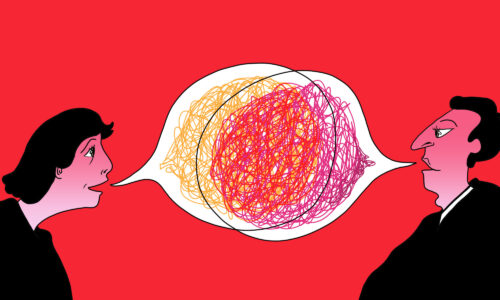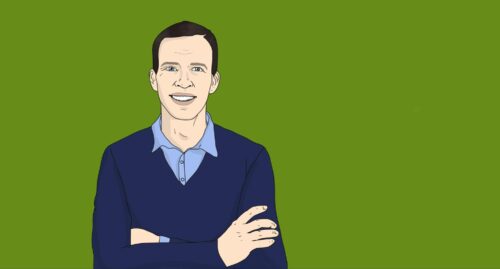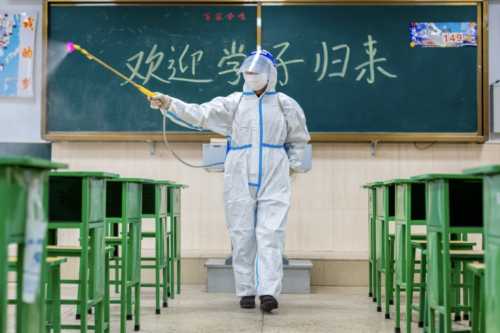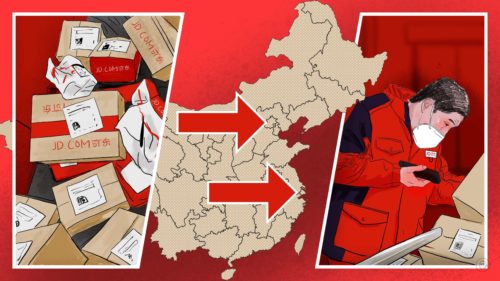Trump administration points finger at China for COVID-19 while Chinese state media revives conspiracy theories
The charitable way to interpret this is that Pompeo got “confused” about the position of U.S. intelligence agencies. Another way to interpret it is that he was deliberately spreading misinformation about the nature of the virus.

Over the weekend, the Trump administration continued to point fingers at China for the ravages of COVID-19, doubling down on a bilateral blame game that seriously escalated last week.
Secretary of State Mike Pompeo claimed there is “enormous evidence” that the coronavirus came from a lab in Wuhan, in an interview on ABC News on Sunday (full transcript on State.gov). He did not specify what this evidence was, or clarify what amount of evidence qualifies as “enormous,” but he did add that “there is a significant amount of evidence that this came from that laboratory in Wuhan.” Then there was this exchange:
QUESTION: Do you believe it was man-made or genetically modified?
SECRETARY POMPEO: Look, the best experts so far seem to think it was man-made. I have no reason to disbelieve that at this point.
QUESTION: Your Office of the DNI says the consensus, the scientific consensus, was not man-made or genetically modified.
SECRETARY POMPEO: That’s right. I agree with that.
The charitable way to interpret this is that Pompeo got “confused” about what the position of U.S. intelligence agencies is, as the Guardian suggested. Another way to interpret it is that he was deliberately spreading misinformation about the nature of the virus.
President Trump yesterday accused China of making “a horrible mistake” that led to the global spread of COVID-19, but did not specify what he meant, CNBC reports. Last week, his public comments had suggested that he was convinced of the same Wuhan lab theory as Pompeo.
A Department of Homeland Security report said that China “intentionally concealed the severity” of the outbreak in early January in order to stock up on medical supplies, the AP reported. Washington Post reporter Emily Rauhala tweeted in reaction:
Perplexed by this story about alleged Chinese “hoarding”: We know China withheld information. But in January, the country faced a new, terrifying virus. Of course it started gathering masks and other PPE. Where is evidence of a plot to keep it from others?
Chinese state media, meanwhile, is returning to conspiracy theories first injected into the mainstream by foreign ministry spokesperson Zhào Lìjiān 赵立坚 in March, which insinuate — without even bothering to claim that there is “enormous evidence” — that COVID-19 might have originated in the U.S. A tweet from the Ministry of Foreign Affairs spokesperson account on April 27 hinted at this reversal of tactics, and then the People’s Daily published 10 questions on COVID-19 that must be answered by U.S. politicians on May 1. For flavor, here are questions 2, 3, and 6:
- “There are over 20,000 deaths from the seasonal flu in America starting last September, how many of those cases were the novel coronavirus undetected?”
- “Why did Washington suddenly shut down its bioweapons lab in Fort Detrick, Maryland last July?”
- “When did the earliest COVID-19 infection happen in the U.S.? Why doesn’t Washington get experts to trace it?”
In another sign this could all get much worse very quickly, Trump threatened to bring back his favorite policy tool of tariffs — which he said “at a minimum are the greatest negotiating tool that we have ever devised that we never use” — if China doesn’t fulfill all of its purchase promises from the phase one trade deal, the SCMP reports. That means that China will have to buy $76.7 billion of American goods and services this year on top of its 2017 baseline, all during the most significant global economic downturn of the century.
Related: The “Trump administration is ‘turbocharging’ an initiative to remove global industrial supply chains from China,” Reuters reports.
The U.S. Commerce Department, State and other agencies are looking for ways to push companies to move both sourcing and manufacturing out of China. Tax incentives and potential re-shoring subsidies are among measures being considered to spur changes, the current and former officials told Reuters.






